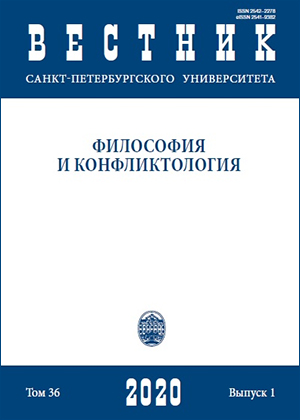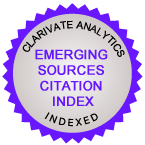Biology, environment, and culture: From animal communication to human language and cognition
DOI:
https://doi.org/10.21638/spbu17.2020.113Abstract
Contradictions in interpreting data from different scientific domains exploring anthopogenesis and language evolution will remain unsolved without a convergent approach and mutually acceptable multidisciplinary language. The article addresses the question of specific features of mental functions and language in humans as compared to other species. The main hypotheses of human evolution and their language are discussed. Cognitive capacities of animals and their communication signals are addressed, as are the basic principles of brain functions and bio-evolutionary mechanisms that underlie the complexity of human behavior and language evolution. Human language is a species’ specific brain ability, promoting not only complex communication signals, but also mentality itself. Language has basic universal rules, possibly caused by brain networks per se. It is hierarchically organized within the levels of lexicon, grammar (morphology, syntax, semantics and phonology) and pragmatics. The functions and their brain mechanisms are currently discussed either within the localizationistic modular approach, or within holistic views. The main discussions are between scholars exploring universal inborn grammar, and those preferring connectionism based on neuronal net learning, frequency factors, etc. One of the features of language in contrast to other communication systems is its principal ambiguity on many linguistic levels, context being a crucial aspect.
Keywords:
evolution of language and mind, communication systems in animals, human origin and evolution, information processing under ambiguity
Downloads
References
Downloads
Published
How to Cite
Issue
Section
License
Articles of "Vestnik of Saint Petersburg University. Philosophy and Conflict Studies" are open access distributed under the terms of the License Agreement with Saint Petersburg State University, which permits to the authors unrestricted distribution and self-archiving free of charge.






